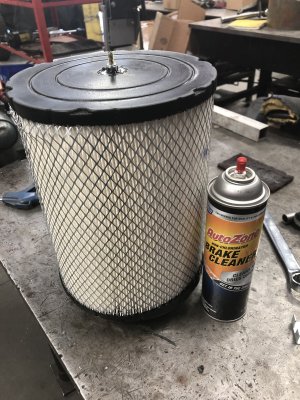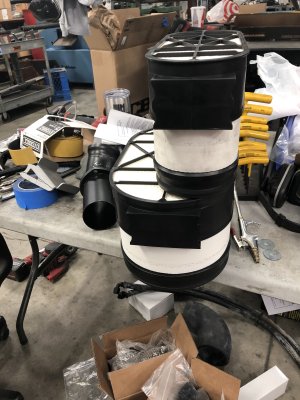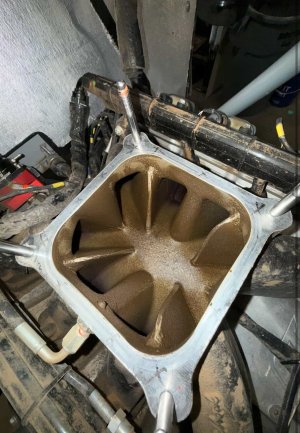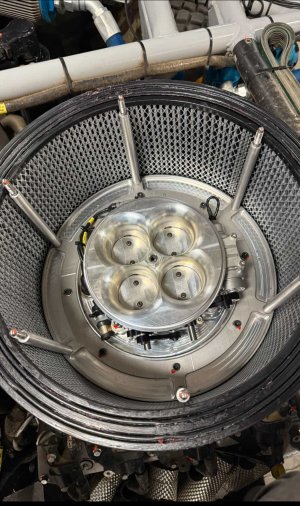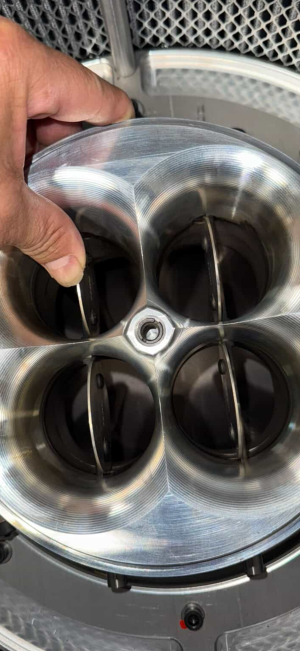What up Gang,
Figured id start a thread about engine filtration. The goal is maybe create a reference that others can look back on based on all your collective experience. I'm no master just like to nerd out on shit.
I was doing some research to combat the Moon dust we have out here. Based on what ive read it seems like Donaldson makes some good shit and running something like a PSD12 dual stage filter would match my CFM requirments for a NA 402 LS. Can even run a partical separator style pre filter so help it not pack up quite as much. I havent yet called them to confirm.
What does everyone else run?
Figured id start a thread about engine filtration. The goal is maybe create a reference that others can look back on based on all your collective experience. I'm no master just like to nerd out on shit.
I was doing some research to combat the Moon dust we have out here. Based on what ive read it seems like Donaldson makes some good shit and running something like a PSD12 dual stage filter would match my CFM requirments for a NA 402 LS. Can even run a partical separator style pre filter so help it not pack up quite as much. I havent yet called them to confirm.
What does everyone else run?



